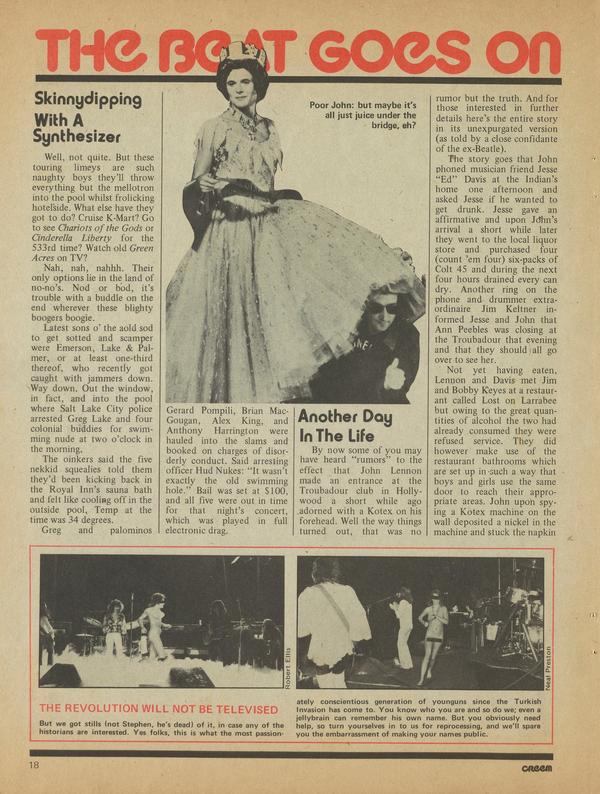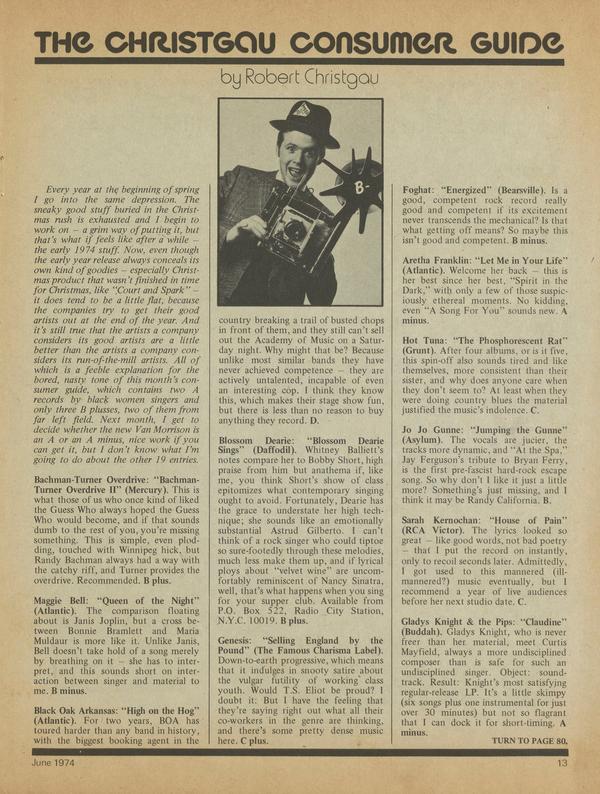Rewire Yourself
Hey Kid, Wanna Be A Big Wheel?
When you’re in a recording studio one of the first things you notice is the, size of the reels of tape.


When you’re in a recording studio one of the first things you notice is the, size of the reels of tape. The familiar little plastic reels used for home recording are not to be found, instead dull aluminum reels, almost a foot across, spin around at breakneck speeds. During the last few years these large reels of tape have also been making their appearance on what the electronics industry calls “semi-professional” tape recorders. The 10.5 inch aluminum reel has become the symbol of this type of home recorder, indicating that it has professional potential.
There are three common big reel types. All are 10.5 inches in diameter, but one has a small center hole similar to the hole in 7 inch, 5 inch, and 3 inch reels. The other two have large holes which are mounted on what are called “NAB hubs.” These are large plastic or metal centers corresponding to the large holes in the middle of the reel. These hubs are designed so that the reel is locked onto the hub — the hub itself is locked onto the spindle of the platen of the tape recorder — assuring secure placement and rotation of the reels. 10.5 inch reels with hub hole centers come in two varieties: a complete reel and flanges. The complete reel is the most familiar — it is illustrated in the photo of the Pioneer tape recorder accompanying this article. The tape is store t on the reel which can be broken into tWo parts, each called a flange. The tape is wound around a plastic loop known as a core (the core has grooves on its inner circumference which match protrusions in the hubsand assure a tight fit). With the flange method the tape is stored in a box on a core (the tightness with which tape is wound on the core allows it to be stored without any protection to the sides of the tape) and when it is needed it is taken out of its box, a flange is put on the tape recorder platen, the core is put on over the flange, and then another flange is put on top of the tape, so that a complete reel is created although the reel is only used when the tape is on the machine and not during the tape’s storage.






